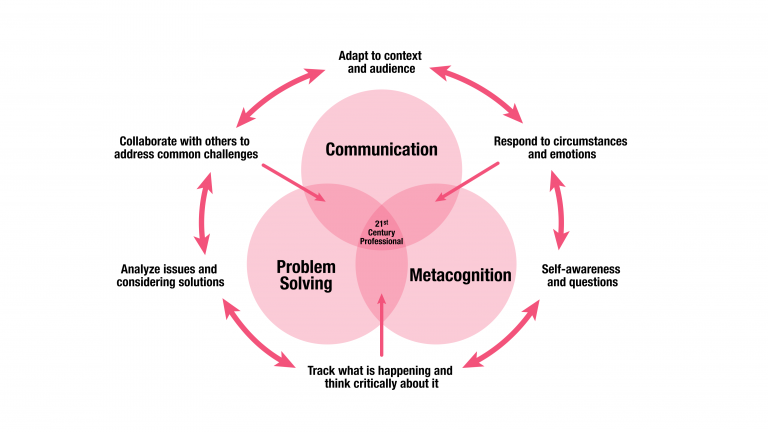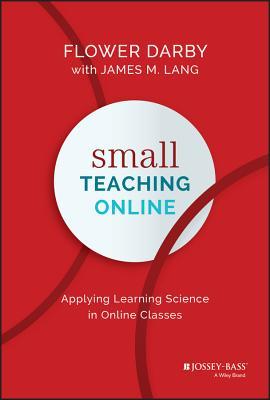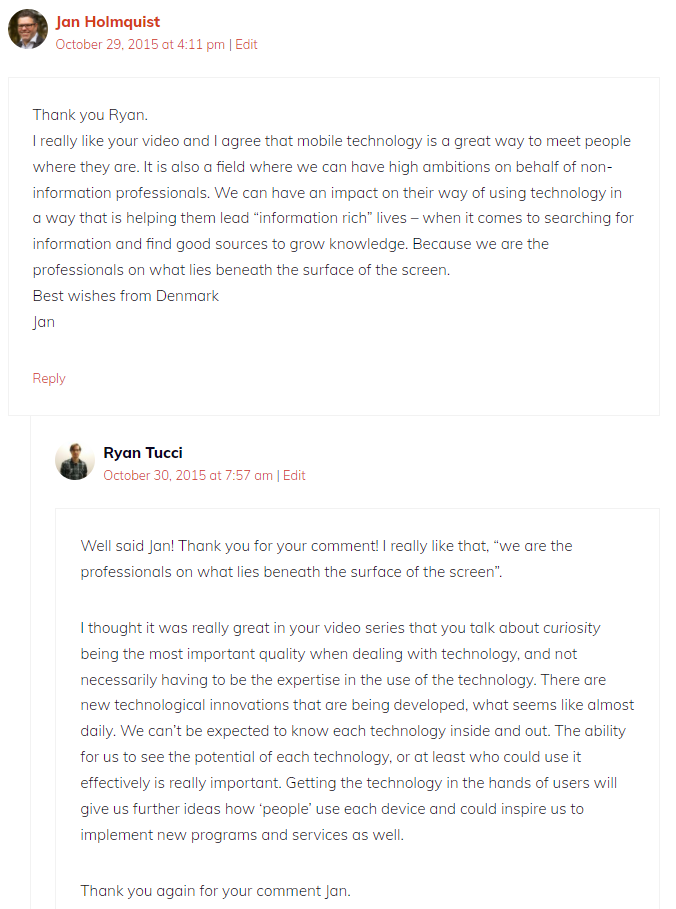If you haven’t read Seth Godin’s book Tribes: We need you to lead us do yourself a favour, go out and read it. It is a short read at only 84 pages but it remains one of the most influential 84 pages that I have ever read. That said, I am not here today to talk about tribes and leadership. I’m here to talk about blogging.
Consequently, when I saw Godin’s name attached to this short YouTube clip of him and Tom Peters talking about blogging, it immediately resonated with me. I encourage you to watch this clip. It will change the way you think about blogs. I implore you, to take 1 minute and 38 seconds to watch the video.
It doesn’t matter if anyone reads it. What matters is the humility that comes from writing it. What matters is the metacognition of thinking about what you are going to say.
Seth Godin
Metacognition
Metacognition is the awareness or analysis of one’s learning or thinking processes, or simply put, your thinking about thinking.

As a result, my approach to instruction heavily favours a metacognition approach but also a connectivist approach. A connectivist approach understands that learning rests in a diversity of opinions and connecting specialized nodes or information sources. At its foundation is the need to maintain connections to facilitate learning (e.g. communities of practice).
Small teaching: Online
Over the past week I have been reading, Small teaching online: applying learning science in online classes by Flower Darby and James Lang. The text has pushed me to revisit the idea of blogs as a reflective space in the classroom.

As a result, my goal is to encourage more authentic discussion in the classroom. Tools such as blogs and discussion boards can encourage students to write reflectively instead of academically. This type of reflection allows students to think about how concepts relate to themselves and their own learning/thinking process. This type of reflection connects the academic material to the student’s own experiences.
Blogging as a student
First of all, getting students to engage with course material can be tricky. Two of the most memorable classes that I took were INFO 200 and INFO 287. Both of these courses made extensive use of blogs, replacing traditional discussion boards.
Blogs, in most cases, can be viewed by the public. This allows students to feel more connected to a larger community.
Consider my own experience writing blog posts for INFO 287: The Hyperlinked Library. In one of the posts, I reflected on one unit of that course using only my mobile device (that week’s lesson was mobile technology). My inspiration for that post was based on the writing of Jan Holmquist, a librarian who wants to make library communities smarter.
I acknowledged Jan as my inspiration in my introduction. As a result, Jan took a moment to comment on my blog post! Students struggle to find purpose in their assignments. Daniel Pfeiffer confronts this problem in their paper titled, Dining with Anna Karenina: Opening the invitation to Burke’s Parlor.
Like most papers written during my undergraduate years, this one began as a class assignment that followed the usual paradigm: planned, written, revised, turned in, graded, and placed into a recycling bin… my term paper was a form of currency to be converted into a grade. Once that was accomplished, the paper lost its value.
-Daniel Pfeiffer

Assignments are currency for grades
How disheartening is that? Assignments are the currency for grades. However, Pfeiffer isn’t wrong.

So, let me bring this back to Flower and Lang. Let’s give students to build on their metacognitive skillset. Let’s use technology and platforms to help build communities and engage in conversations. Students in these spaces should be less afraid about structuring their citations and formulating academic writing. Instead, let’s give students space to engage with the content that they are reading.
That said, as instructors, we too must engage in the conversations and communities. We can’t just ask students to have a conversation and leave the room. As Flower and Lang say,
You wouldn’t launch a class discussion and then walk out of the room, leaving the students to conduct their own discussion. Yet many online faculty do just that- leave students alone to lead their own discussion online.
Flower and Lang, Chapter 2: Guiding learning through engagement. p. 35
In conclusion, let’s consider the need for metacognitive applications in our teaching. Technology allows us to create these opportunities for students to engage through blogs and discussion board posts. We need to use them!

